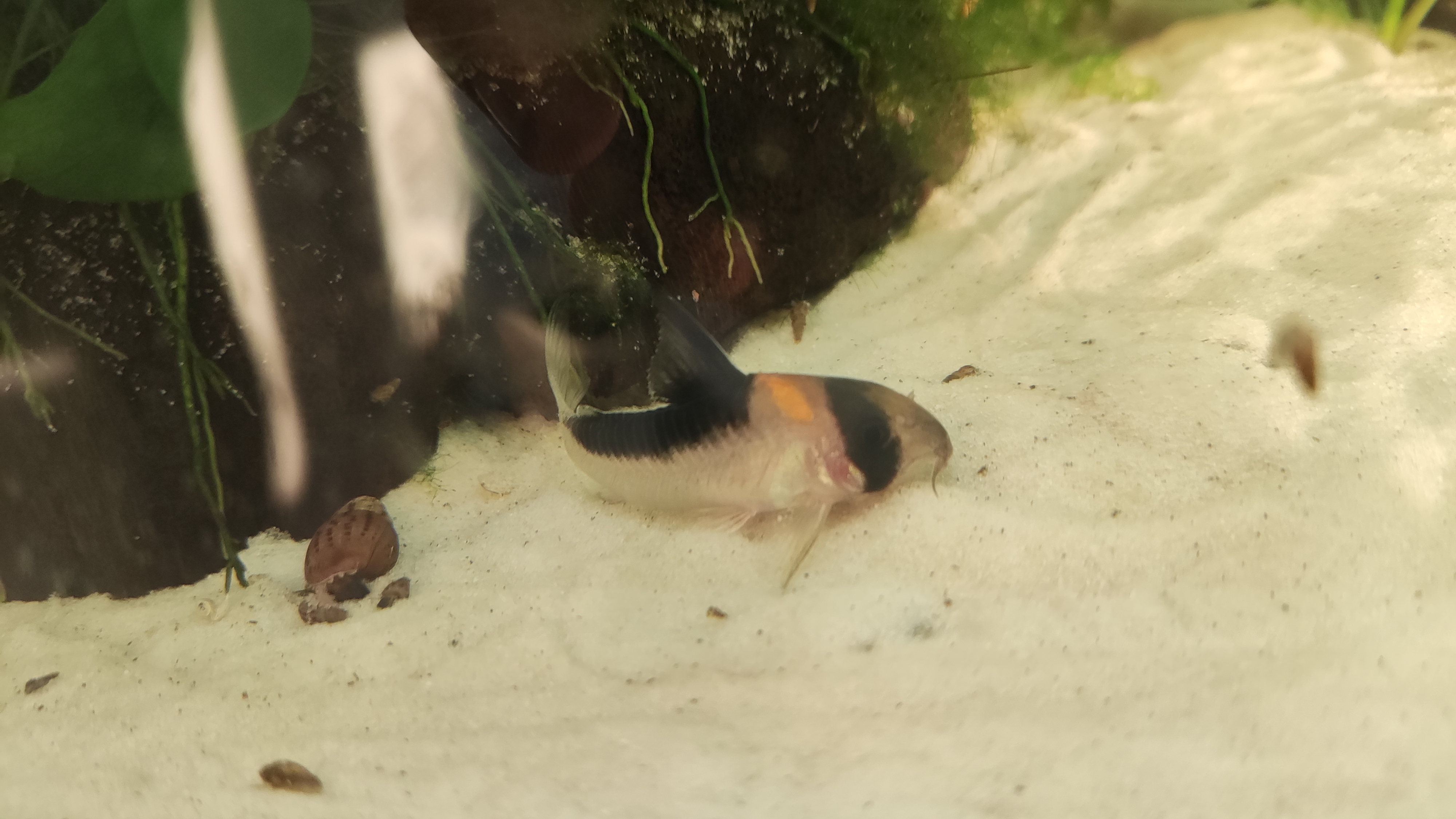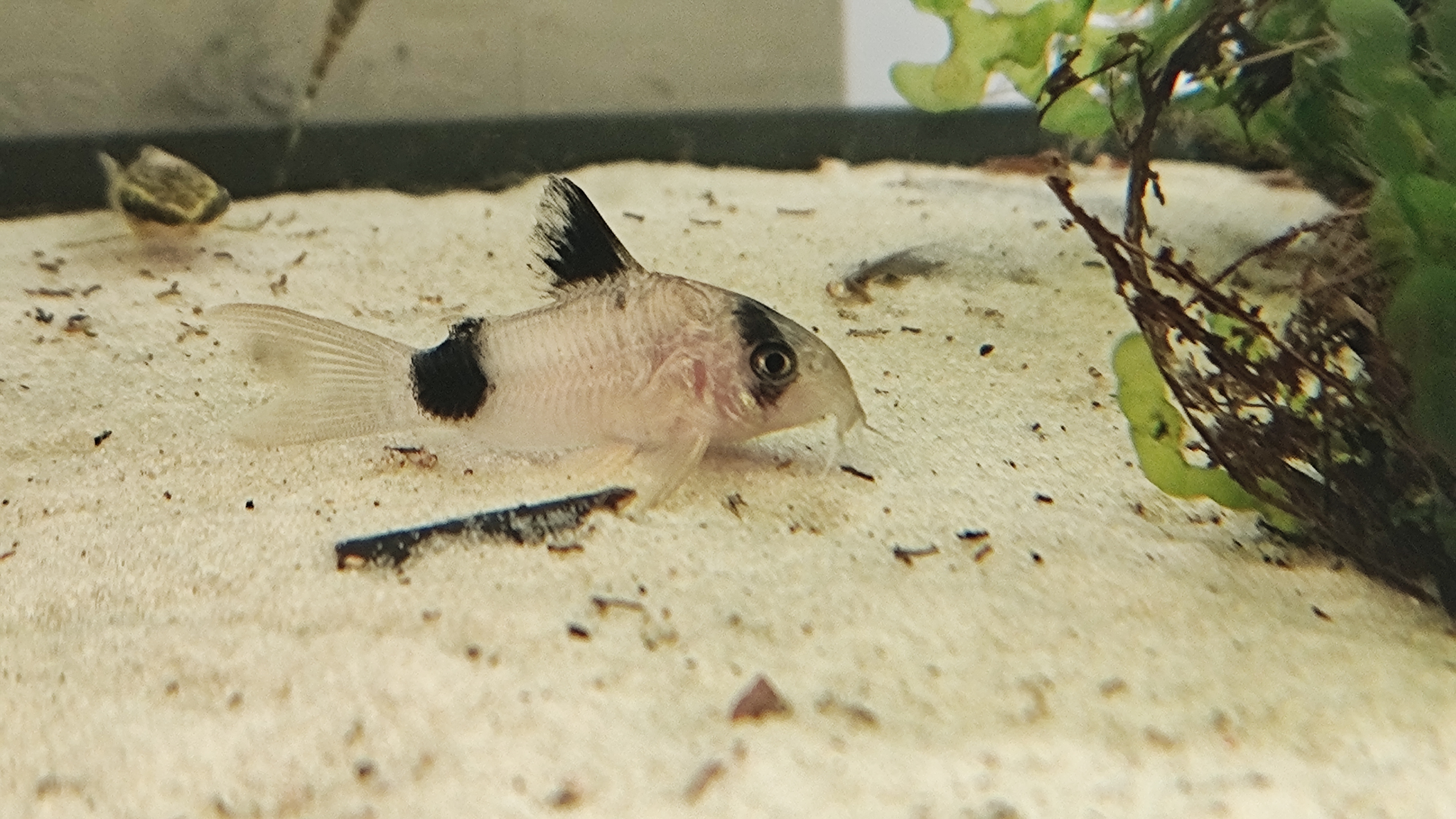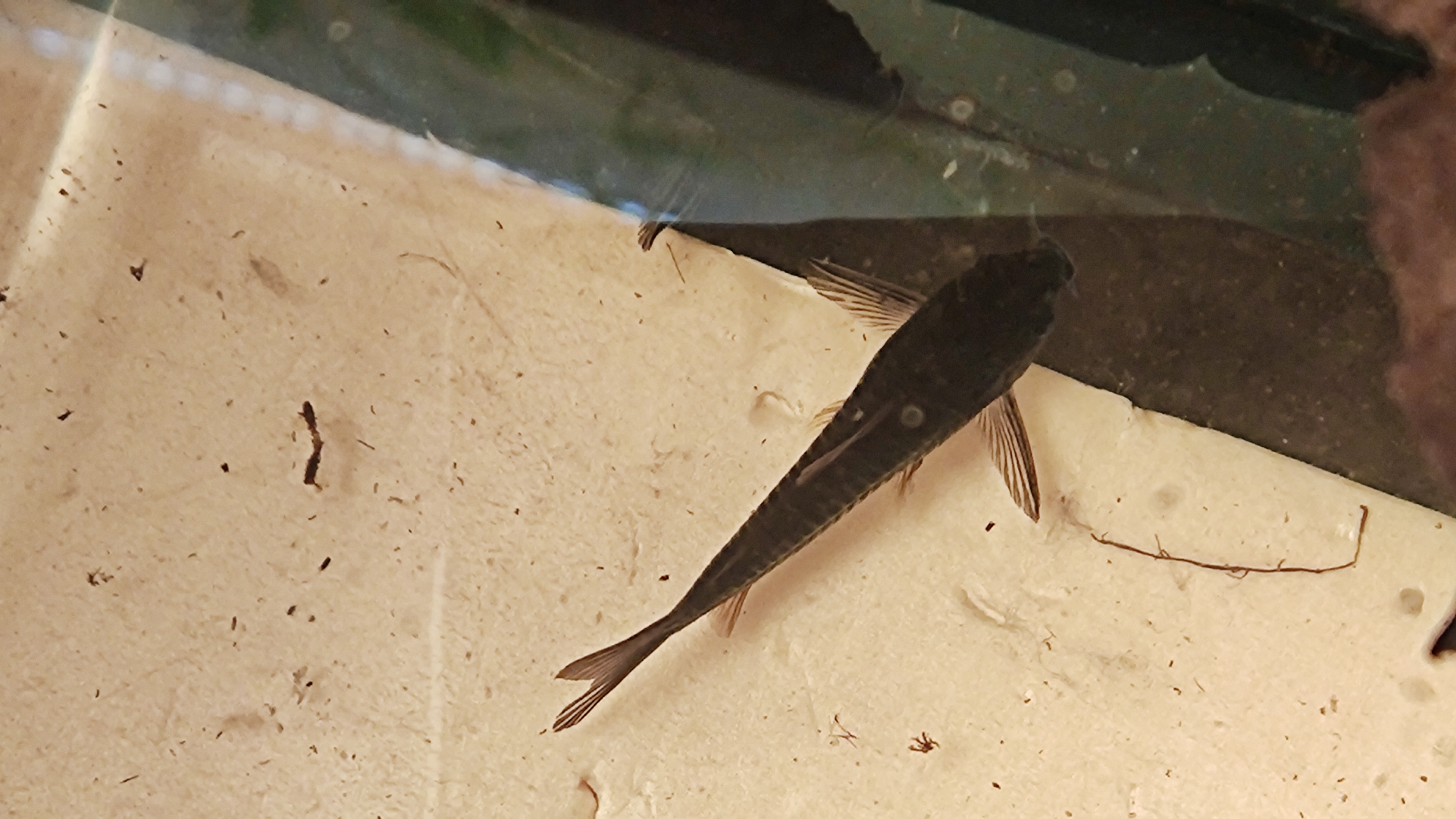Mortal disease: treatment ?
Posted: 07 Nov 2023, 16:05
hello,
I am having a big problem with my corydoras. A few months ago I welcomed 5 wild corydoras duplicareus and 5 farmed panda corydoras.
During quarantine I noticed that some were developing symptoms:
- weight loss
- red gills
- difficulty breathing
- change in color (the creamy white became flashy white).
I treated with cattapa leaf first. As that didn't work, I used esha 2000 (general treatment) and esha ndx (dewormer). It works for a while then they relapse. So I end up with deaths from time to time, always with the same symptoms.
Only the corydoras are affected, the hypancistrus, oryzia and other fish which are in the same tank have absolutely nothing.
Today I have 3 duplicareus left, one of which is sick as well as a panda who is also sick. I bought black Venezuela from a private individual but I have the impression that they suffer from the same disease (I immediately quarantined them with the same treatments as before).
I looked at the water parameters and everything is good:
ph: 6.5
ammonia: 0
nitrates: 5
nitrites: 0
conductivity: 84 microsiemens
temperature: 22°C
I saw that it could be bacterial but esha 2000 would have, in this case, solved the problem.
Do you have any idea what my corys are?



I am having a big problem with my corydoras. A few months ago I welcomed 5 wild corydoras duplicareus and 5 farmed panda corydoras.
During quarantine I noticed that some were developing symptoms:
- weight loss
- red gills
- difficulty breathing
- change in color (the creamy white became flashy white).
I treated with cattapa leaf first. As that didn't work, I used esha 2000 (general treatment) and esha ndx (dewormer). It works for a while then they relapse. So I end up with deaths from time to time, always with the same symptoms.
Only the corydoras are affected, the hypancistrus, oryzia and other fish which are in the same tank have absolutely nothing.
Today I have 3 duplicareus left, one of which is sick as well as a panda who is also sick. I bought black Venezuela from a private individual but I have the impression that they suffer from the same disease (I immediately quarantined them with the same treatments as before).
I looked at the water parameters and everything is good:
ph: 6.5
ammonia: 0
nitrates: 5
nitrites: 0
conductivity: 84 microsiemens
temperature: 22°C
I saw that it could be bacterial but esha 2000 would have, in this case, solved the problem.
Do you have any idea what my corys are?


